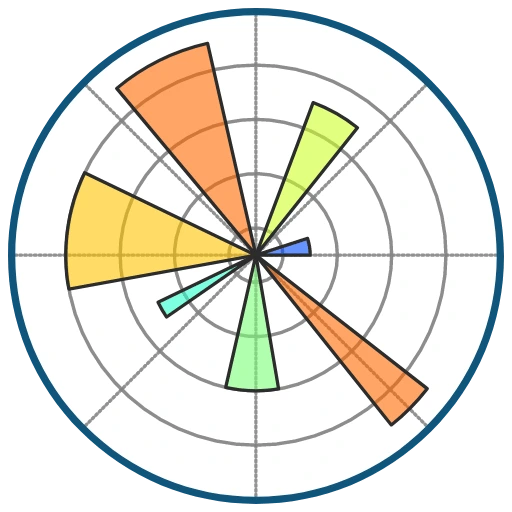|| Full Stack Analytics Certification Course
The goal of the Full Stack Analytics Training course is to give students a thorough understanding of the entire analytics process, from advanced analytics techniques and visualization to data collection and preparation. Students who complete this course will have the theoretical knowledge and practical experience necessary to derive insights from data and make well-informed business decisions. Full Stack Analytics course covers Data Analytics and Business Analytics concepts.
With our Full Stack Data Analytics Course, you can unleash the power of data and become a Full Stack Data Analyst that is relevant to your sector and prepared for the workforce. Data gathering, SQL database administration, data cleansing, visualization, statistical analysis, and predictive analytics are all covered in this extensive training. Along with placement assistance and career guidance, learners gain the practical skills needed to secure rewarding roles in top organizations.
Discover how to use industry-leading tools like Python, SQL, Power BI, and Tableau, and apply practical analytics methods in corporate settings. Regardless of your career goals—business intelligence, data analysis, or machine learning—this course gives you the practical skills and placement support you need to succeed in the job market.
The Full Stack Analytics Course is a thorough, industry-driven training program created to develop end-to-end proficiency throughout the whole data analytics pipeline. Relational Databases (SQL), mathematics, and both basic and advanced statistics—all crucial foundations of contemporary data analysis—are the starting points of this practical course.
With modules like Python for Analytics and R for Analytics that are specifically designed for real-world business applications, learners can choose to specialize in either Python or R programming. In-depth instruction on popular Business Intelligence (BI) technologies, such as Tableau (Desktop & Server) and Microsoft Power BI (Desktop & Server), is also provided by the program, allowing students to build robust, interactive dashboards. The course covers advanced platforms like Snowflake, QlikView, and Alteryx to further improve your analytics stack. These platforms give you the data warehousing, ETL, and automated analytics skills that are highly sought after in leading organizations and enhance your placement prospects.
The curriculum also includes cloud computing, offering hands-on experience with leading platforms such as AWS and Azure, and emphasizes modern development practices with GitHub Action for version control and deployment. Agile Scrum methodologies are integrated to enhance project management and teamwork skills. By mastering these diverse tools and techniques, students are prepared to tackle real-world data challenges across various industries and excel in career opportunities with top employers.
The benefits of this Full Stack Analytics course are substantial. Graduates gain a versatile skill set that makes them highly valuable in the job market, capable of handling everything from data collection and processing to advanced analysis, visualization, and deployment. This comprehensive training ensures they can deliver actionable insights, drive data-driven decision-making within organizations, and confidently pursue high-demand roles. The practical, hands-on approach of the course also ensures that students are job-ready, equipped with the latest industry tools and methodologies, and capable of adapting to the rapidly evolving field of data analytics. After completion of the Full Stack Analytics Course, you will become a Data Analyst or Business Analyst with strong placement support.
Please contact the nearest BIT training institute or send an email to inquiry@bitbaroda.com with any additional questions you may have regarding our Full Stack Analytics training course. We offer a free demo by calling us at +91-9328994901. We offer top-notch Full Stack Analytics classes in Vadodara-Sayajigunj, Vadodara - Waghodia Road, Vadodara - Manjalpur, Ahmedabad, Anand, and Nadiad.











 4.8 (21,636) reviews
4.8 (21,636) reviews
 Python
Python
 TensorFlow
TensorFlow
 PyTorch
PyTorch
 Keras
Keras
 Seaborn
Seaborn
 numpy
numpy
 Jupyter
Jupyter
 VS Code
VS Code
 Pandas
Pandas
 GitHub
GitHub
 Docker
Docker
 SQL
SQL
 AWS
AWS
 OpenAI's GPT
OpenAI's GPT
 Scikit-learn
Scikit-learn
 Power BI
Power BI
 Google Colab
Google Colab
 PyCharm
PyCharm
 Tableau
Tableau
 Plotly
Plotly
 Azure
Azure
 Matplotlib
Matplotlib
 SciPy
SciPy
 Alteryx
Alteryx
 Scrum
Scrum
 Excel
Excel
 VBA
VBA
 Snowflake
Snowflake
 QlikSense
QlikSense



















 Read more
Read more 
